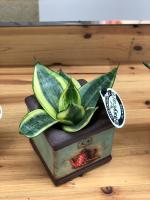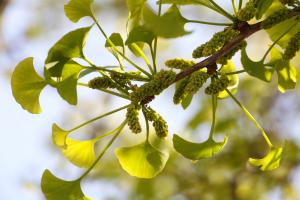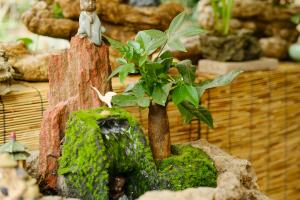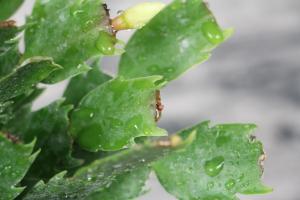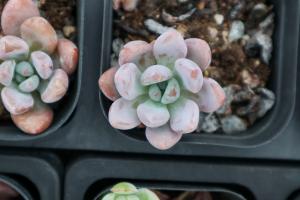How to Plant Allium Bulbs
Introduction
Allium bulbs are among the easiest bulbs to grow in your garden. They come in a variety of colors such as purple, white, and yellow, and they bloom in late spring or early summer. Planting allium bulbs is relatively simple and requires minimal care after planting. Here's a step-by-step guide on how to plant allium bulbs.
Step-by-Step Guide
1. Choose a location
First, choose a location in your garden that receives full sun to partial shade. Allium bulbs prefer well-drained soil, so it's best to avoid areas of your garden that are prone to standing water. If you have heavy clay soil, consider amending it with some sand or other organic materials to improve drainage.
2. Prepare the planting area
After choosing the location, prepare the planting area by removing any weeds or rocks that could interfere with root growth. Use a garden fork to loosen the soil to a depth of at least 12 inches.
3. Plant the bulbs
Plant the allium bulbs in the prepared soil, making sure to space them at least 6 inches apart. The bulbs should be planted at a depth of about 2-3 times their height. For example, if you have a 2-inch bulb, plant it 4-6 inches deep.
4. Water the bulbs
Once you've planted the bulbs, water them thoroughly so the soil is moist but not soaked. Thereafter, water the bulbs regularly, especially during dry conditions. However, be careful not to overwater the bulbs as this may cause them to rot.
5. Fertilize the bulbs
Allium bulbs do not require much fertilization. In fact, too much fertilizer can lead to large leaves but small blooms. It's best to fertilize your bulbs sparingly with a low-nitrogen, high-phosphorus fertilizer. You can apply the fertilizer in the spring when the bulbs begin to grow.
6. Mulch the bulbs
Covering the bulbs with a layer of mulch can help to retain moisture and prevent weed growth. You can use organic materials such as shredded leaves or bark chips as mulch. However, make sure to keep the mulch away from the base of the stems to prevent rotting.
Tips for Success
- Plant your allium bulbs in the fall or early spring.
- Allium bulbs are resistant to pests and diseases but keep an eye out for bulb mites.
- Deadhead the flowers before they go to seed to prevent self-seeding.
- Allow the leaves to yellow and wither before removing them.
Conclusion
Planting allium bulbs is an easy process that can bring color and beauty to your garden. With proper care, your allium bulbs should bloom year after year. Follow the simple steps outlined in this guide and enjoy your allium blooms from late spring to early summer.

 how many times do yo...
how many times do yo... how many planted tre...
how many planted tre... how many pine trees ...
how many pine trees ... how many pecan trees...
how many pecan trees... how many plants comp...
how many plants comp... how many plants can ...
how many plants can ... how many plants and ...
how many plants and ... how many pepper plan...
how many pepper plan...
